Soma Parven
Do you know, what is the first steps to make denim yarn? Or Have you ever thought about denim ginning and spinning manufacturing process?- It is a complex process in which dozens of steps are carried out in the denim factory, each of which depends on the final result of what the denim fabric will look like. If we look at the whole denim-making process, we get 5 main stages: raw materials, spinning, dyeing, weaving, and finishing. The first step is ginning process in cotton yarn production. This article talks about the denim ginning and spinning manufacturing process.
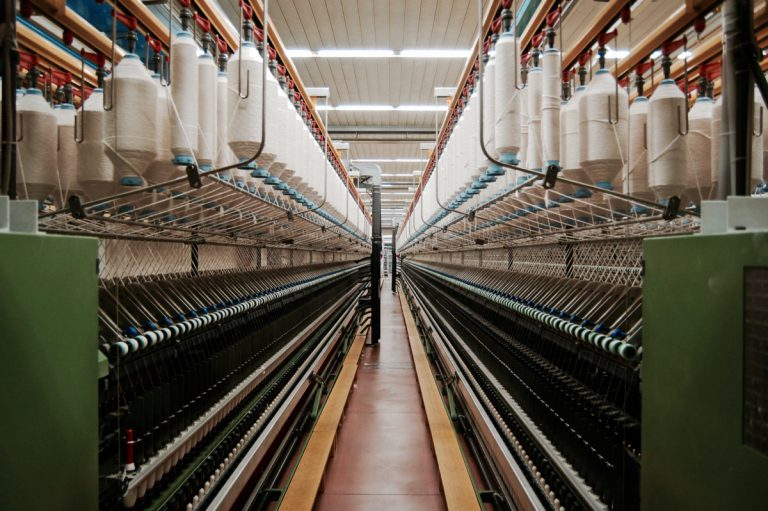
What is ginning?
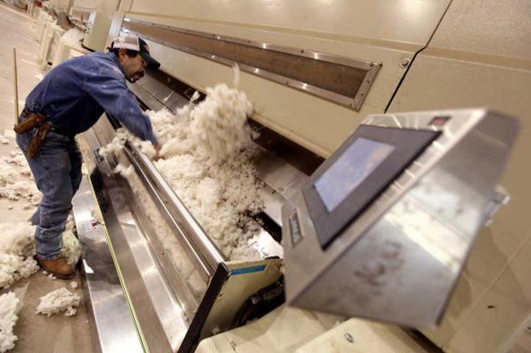 Ginning is the process of separating the seeds and debris from cotton fiber. It’s done by hand using a comb or ginning machine. This process is important because only cotton lint is useful for making thread. Basically, the ginning process is a process of purifying cotton and preparing it for yarn processing. After the seed cotton is collected from the field, the cotton goes to the nearby gin. The term comes from the cotton gin, invented by Eli Whitney in 1794. A cotton gin is a machine that separates cotton lint, from the seeds.
Ginning is the process of separating the seeds and debris from cotton fiber. It’s done by hand using a comb or ginning machine. This process is important because only cotton lint is useful for making thread. Basically, the ginning process is a process of purifying cotton and preparing it for yarn processing. After the seed cotton is collected from the field, the cotton goes to the nearby gin. The term comes from the cotton gin, invented by Eli Whitney in 1794. A cotton gin is a machine that separates cotton lint, from the seeds.
Objectives of Ginning:
- Cleaning the cotton and preparing it for yarn processing.
- Gives the best quality cotton and gets fair price of cotton in the market.
- Reduce moisture and remove the trash.
- Makes the spinning process simple and effective.
- Removing seeds and debris from cotton.
Types of Cotton Ginning:
There are basically two types of ginning. These are:
- Saw Ginning
- Roller Ginning-
- Double Roller Ginning
- Single Roller Ginning
- Rotobar Rotary Knife Roller Gining
Cotton Ginning Process:
- The first step in ginning process is where the cotton will go through dryers to reduce moisture content. Cotton is dried if it is too wet or water is added if it is too dry to ensure proper moisture content.
- Then the cotton is to go through cleaning equipment to remove foreign matter, trash, sticks, dirt.
- The cotton is then air sent to the gin stand where remove the seed from the lint. The revolving circular saws pull the lint from the saw teeth through air blasts.
- The raw fiber, now called lint, is stripped of any remaining trash and passes through another series of pipes to a press. The cotton will then be compressed into bales weighing 500 pounds.
- Samples are taken from each bale for classing and the bales are wrapped in stretched white cotton cloth to protect the lint.
- The cotton bales are then sent to textile spinning mills for further processing.
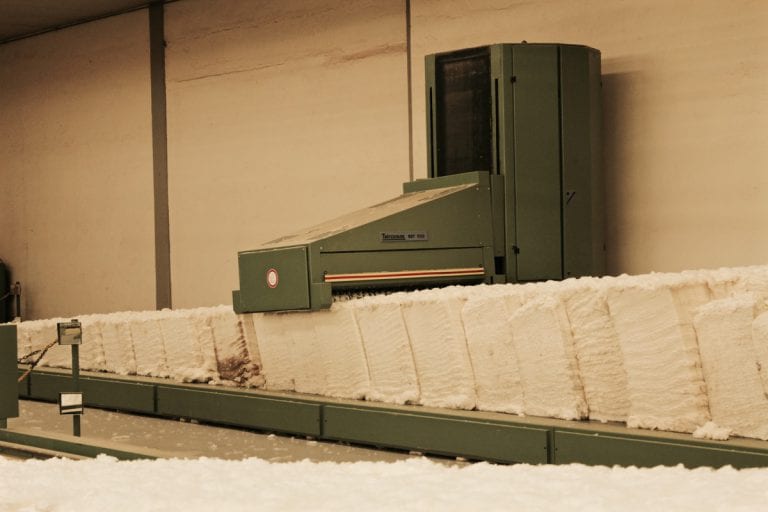
Denim Spinning:
Now that the cotton lint has been cleaned, the fibers are suitable for spinning. Spinning is the process of turning fiber into yarn. Different spinning technologies are used for denim production like ring spinning, open-end spinning, twill spinning, friction spinning etc. Ring spinning and open-end spinning are used commercially to produce denim yarn. Before the Industrial Revolution, spinning was a manual operation. The old timer of spinning is ‘ring spinning’. The first ring-spinning machine was invented in the United States in 1828. Until the 1970s ring spinning was the method of choice for denim manufacturers. The industry then evolved into ‘open-end spinning’, also known as ‘rotor spinning’, which was invented in Czechoslovakia in 1963.

Major Processes of Denim Yarn Making:
- Cotton Ginning
- Blow Room
- Carding
- Drawing
- Combing
- Roving
- Ring Frame.
Spinning for structured Denim yarns:
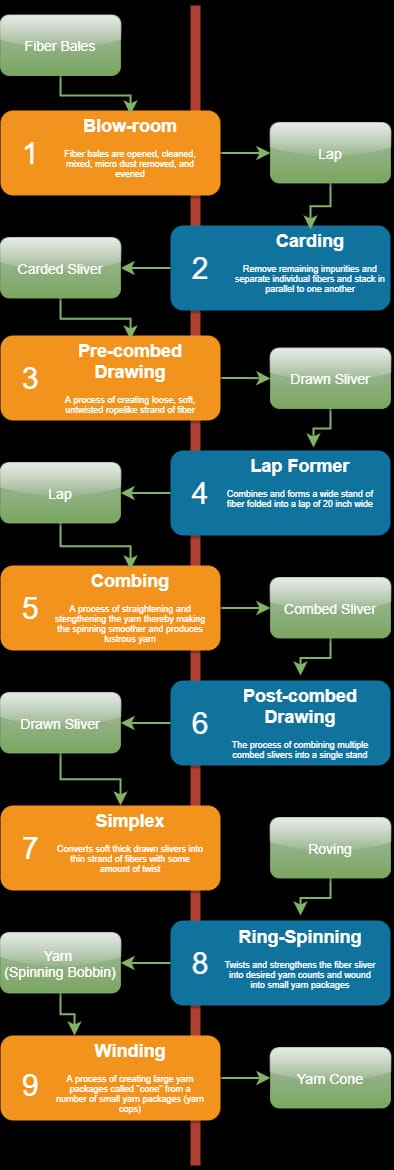
Different spinning methods are available for making yarns. Commercially two spinning process used for denim yarn production, are Ring spinning and Open-end Spinning.
Ring Spinning:
 A commonly used, time-tested spinning technique, ring spinning is one of the oldest machine-oriented spinning techniques used for staple fiber [cotton, wool etc] spinning. The process of ring spinning:
A commonly used, time-tested spinning technique, ring spinning is one of the oldest machine-oriented spinning techniques used for staple fiber [cotton, wool etc] spinning. The process of ring spinning:
- In ring spinning, slivers of yarn are fed- into the roving frame, through the drafting roller, onto a bobbin, onto a rotating spindle.
- The roving bobbins are creeled into suitable holders.
- The guide rods leave the roving into the drafting system which twists it into a thin ribbon.
- The twist is produced by the spindle which is rotating at high speed.
- The direction of the twist are “S” or “Z”.
- Enclosing the spindle is a ‘ring rail’ that gives the method its name.
- On the ring rail, a small clip called ‘the traveler’ is pulled by the rotating spindle to further twist the yarn.
- As the ring moves up and down, the yarn is wound onto a bobbin, technically known as the ‘ring cop’.
Stretch Denim:
To make stretch denim, a synthetic elastomer is added to the yarn during the spinning process. With the help of ring spinning process it can be done easily and very good results are obtained. Because the stretch is spun directly into the core of the yarn with the cotton wrapped around the elastomer. Thus cotton retains its soft touch and fade, stretchability. The advantage of stretch denim is that it makes jeans much more comfortable. But there are downsides too.
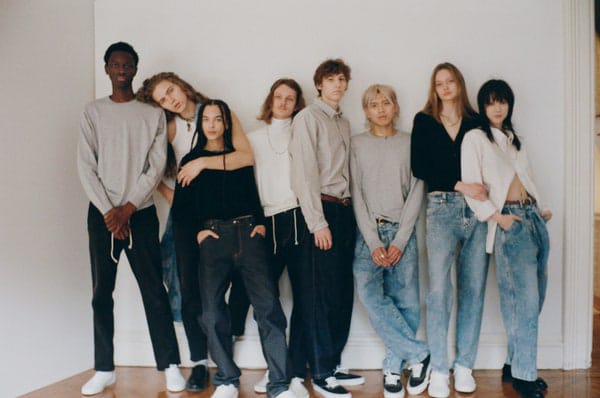
Open-end Spinning or Rotor Spinning:
 Open-end or Rotor spinning is one of the most modern techniques for spinning and winding compared to Ring Spinning. The production rate of rotor spinning is 6–8 times higher than that of ring spinning. This technology is used for creating yarn without using a spindle. It used in cotton carded spinning. This process overcomes all ring spinning problems by separating the twisting and winding in the yarn making process. In open-end spinning, the drawing process takes place only once. Compared to ring spinning, there is no roving frame, drafting system, or the ring and traveler enclosing the ring cop to apply torsion. The sliver is fed directly into the ‘spinner’ by the air stream, delivering it to a ‘rotating beater’ which separates the fibers into a thin stream. Air then moves the fibers into a V-shaped groove with a rotor at the end. As the rotor turns, the fiber is twisted and the yarn is continuously drawn from the center of the rotor and wound onto package.
Open-end or Rotor spinning is one of the most modern techniques for spinning and winding compared to Ring Spinning. The production rate of rotor spinning is 6–8 times higher than that of ring spinning. This technology is used for creating yarn without using a spindle. It used in cotton carded spinning. This process overcomes all ring spinning problems by separating the twisting and winding in the yarn making process. In open-end spinning, the drawing process takes place only once. Compared to ring spinning, there is no roving frame, drafting system, or the ring and traveler enclosing the ring cop to apply torsion. The sliver is fed directly into the ‘spinner’ by the air stream, delivering it to a ‘rotating beater’ which separates the fibers into a thin stream. Air then moves the fibers into a V-shaped groove with a rotor at the end. As the rotor turns, the fiber is twisted and the yarn is continuously drawn from the center of the rotor and wound onto package.
References:
- https://robindenim.com/2017/11/the-fabric-called-denim-ginning-spinning/
- https://www.textileschool.com/amp/6856/denim-spinning-manufacturing-methods-and-technologies/5/
- https://ordnur.com/spinning/ginning-process-of-cotton/
- https://www.textileschool.com/amp/349/ring-spinning-process/
- https://denimhunters.com/denim-wiki/denim-explained/spinning/
- https://www.textileschool.com/447/open-end-or-carded-or-break-or-rotor-spinning/







